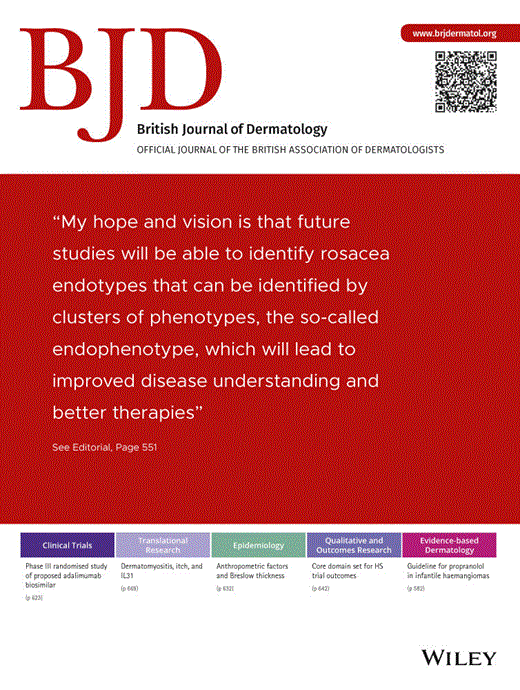-
Views
-
Cite
Cite
T.H. Zhu, T.R. Zhu, K.A. Tran, R.K. Sivamani, V.Y. Shi, Epithelial barrier dysfunctions in atopic dermatitis: a skin–gut–lung model linking microbiome alteration and immune dysregulation, British Journal of Dermatology, Volume 179, Issue 3, 1 September 2018, Pages 570–581, https://doi.org/10.1111/bjd.16734
Close - Share Icon Share
Summary
Atopic dermatitis is a systemic disorder characterized by abnormal barrier function across multiple organ sites. Causes of epidermal barrier breakdown are complex and driven by a combination of structural, genetic, environmental and immunological factors. In addition, alteration in microflora diversity can influence disease severity, duration, and response to treatment. Clinically, atopic dermatitis can progress from skin disease to food allergy, allergic rhinitis, and later asthma, a phenomenon commonly known as the atopic march. The mechanism by which atopic dermatitis progresses towards gastrointestinal or airway disease remains to be elucidated.
This review addresses how epithelial dysfunction linking microbiome alteration and immune dysregulation can predispose to the development of the atopic march.
A literature search was conducted using the PubMed database for relevant articles with the keywords ‘atopic dermatitis’, ‘epithelial barrier’, ‘skin’, ‘gut’, ‘lung’, ‘microbiome’ and ‘immune dysregulation’.
Initial disruption in the skin epidermal barrier permits allergen sensitization and colonization by pathogens. This induces a T helper 2 inflammatory response and a thymic stromal lymphopoietin‐mediated pathway that further promotes barrier breakdown at distant sites, including the intestinal and respiratory tract.
As there are no immediate cures for food allergy or asthma, early intervention aimed at protecting the skin barrier and effective control of local and systemic inflammation may improve long‐term outcomes and reduce allergen sensitization in the airway and gut.





